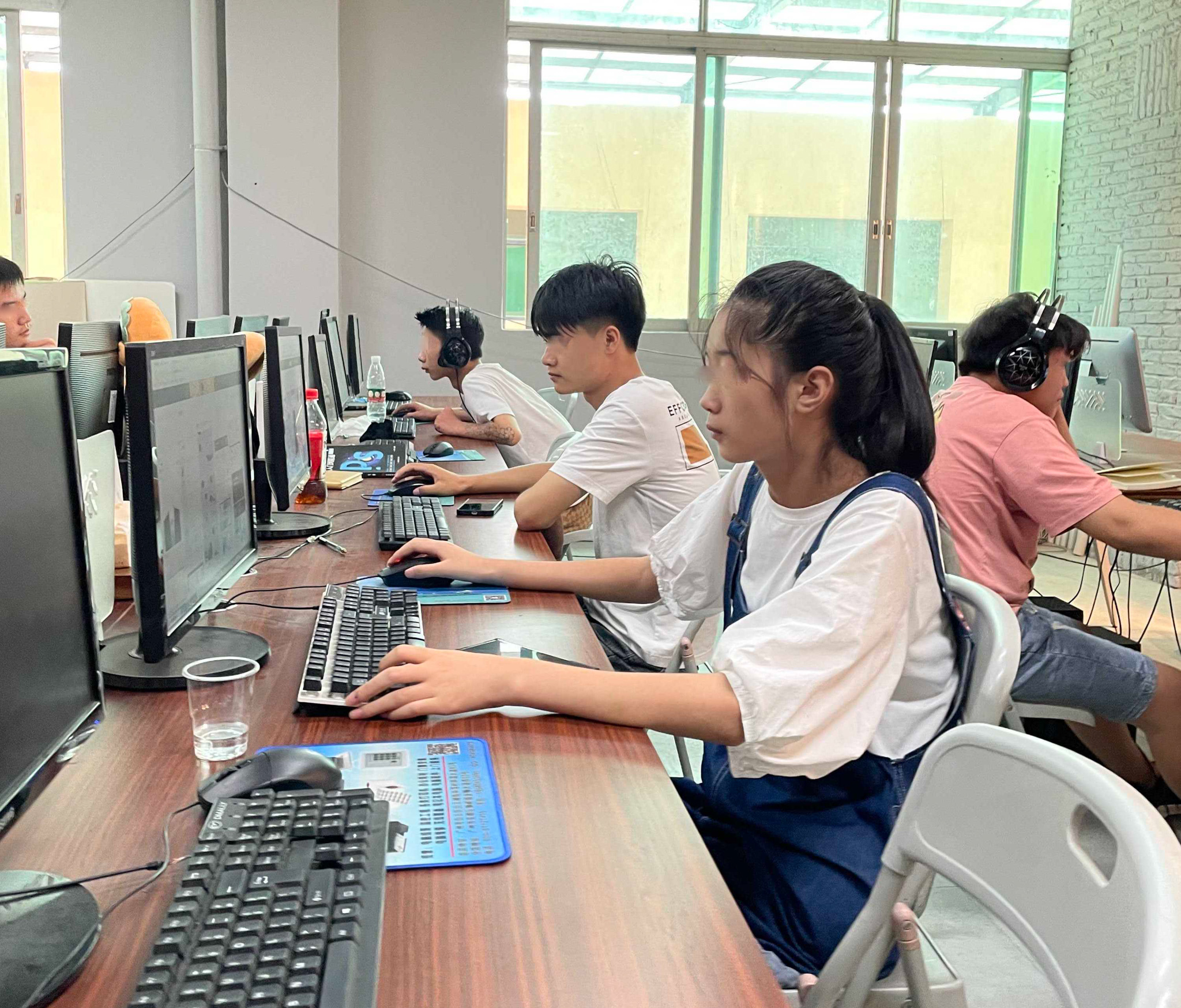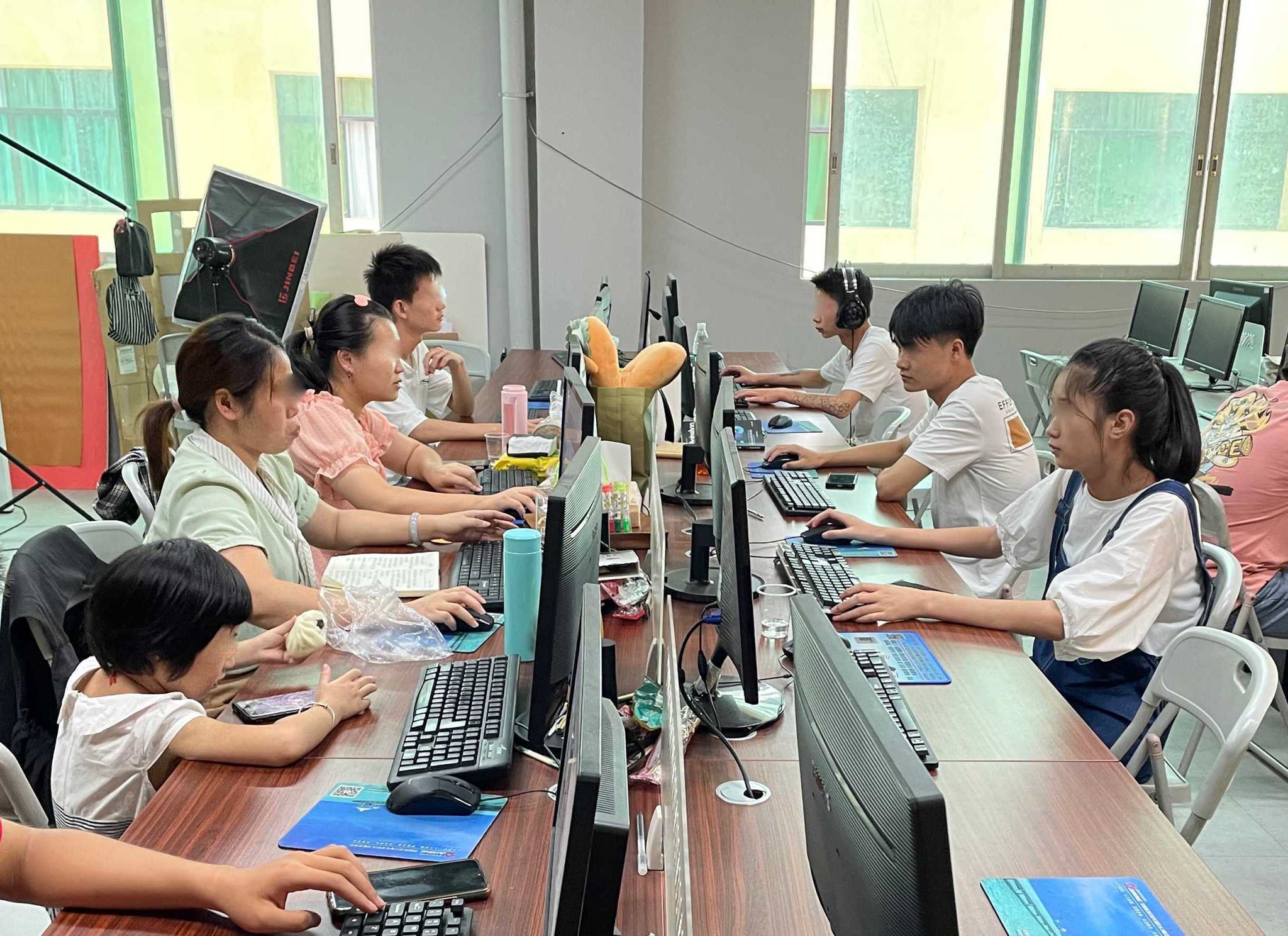
With only three years left to achieve the United Nations’ Sustainable Development Goals (SDG) of eliminating all child labour by 2025, child labour prevention and remediation efforts are now more crucial than ever. According to pre-pandemic estimates the number of children in child labour had reached 160 million, and UNICEF and ILO warn that without mitigation strategies, the number of children involved in child labour could rise by a further 9 million by the end of 2022. This pressing reminder comes at a time when brands, factories, supply chain workers and their families are recovering from the hampering effects of the COVID-19 pandemic and facing other challenges including inflation, rising fuels costs, supply chain disruption, and others related to the war in Ukraine.
The following real-life story of Na shares how a strong remediation process has helped to rescue children trapped in child labour in less visible parts of supply chains in the informal sector.
Na’s background
Na’s story is quite unlike the others’. As the eldest of four, Na was raised by her mother who ran a breakfast store selling buns, noodles and porridge to make a living. Her father was often away or busy with making a living to support the family of six. When she turned 5 years old, her mother migrated to another city for work to earn a better wage. Since then, Na and her siblings were brought up by the grandparents in their hometown. Her grandfather later passed away leaving them under the sole care of her grandmother, who was a farmer.
Even from a young age, Na did not enjoy schooling and found it to be difficult. Her poor academic records throughout primary school to junior middle school reflected her disinterest. This might also be attributed to the fact that Na and her siblings were left-behind children living without their parents’ proper supervision and care. Upon graduating from junior middle school, she did not want to continue schooling and moved to Guangzhou to be with her mother for the summer vacation.
How did Na get hired as an underage worker?
During this stay, Na initially asked her mother if she could go look for a job with her friends. Her mother refused and tried instead to persuade her to go to a local vocational school. Na, however, was adamant that she did not want to continue formal education anymore.
Deeply troubled by her daughter’s decision to drop out of school, Na’s mother who worked as a seamstress, allowed her to come along to the factory instead of staying home alone, in the hope that she will get a taste of the difficult working life and return to school. Na visited the factory several times to work as a helper at the assembly line and learned how to sew with a sewing machine from her mother.
It was then in September 2021, when 14 year-old Na was spotted by an auditor from the buyer during a random factory visit and Na’s case was referred to The Centre for Child Rights (The Centre) child labour remediation service. The Centre identified that the girl did not go through any recruiting process. Her mother had informed her supervisor that Na had already graduated from junior high school and was looking to gain some work experience at the factory. The supervisor claimed that the girl seemed pretty grown up and tall for her age, so he did not think to check her ID card to verify her age and allowed her to stay. Upon further inquiries, the management team informed The Centre that the mother had been working at the factory for many years and had a close rapport with them. This led to a lack of proper follow-through of documentation checks for age verification from the factory.
Although Na was not working in a hazardous condition and was mostly working in close proximity with her mother at the factory, she was a clear case of child labour. She was under the legal minimum working age (which is 16 years old in China) and hence not allowed to work under any circumstances.
Remediation process brought Na back to school
The Centre began a rapid assessment with the factory to gather all the facts and discuss remediation options with Na and her mother. The girl was asked to stop working immediately. After much encouragement from her mother, The Centre, the factory’s management and her relatives, Na was successfully enrolled in an e-commerce course at a nearby vocational training institution. The remediation programme covered Na’s tuition fees and provided her with monthly living stipends until she reached the age of 16.

Na concentrating in her e-commerce class
In the beginning, she could not adapt to the environment of the e-commerce class as all her classmates were adults in their twenties and thirties. Gradually, Na found her pace and started to fit in more after receiving close guidance from her teacher.
“I enjoy going to class because I have friends who are from the same hometown there. I feel better now,” Na told The Centre during one of our regular check-ins.
What’s next for the factory and Na?
Following the discovery of Na’s case, the factory (a first-tier indirect supplier of a client) participated in the Ethical Recruitment and Child Labour Prevention and Remediation training conducted by The Centre. The full-day training course led the factory’s management team to make an action plan and take immediate steps to improve the HR & recruitment system. They were able to identify gaps in their current procedures that led to child labour risks and take an active approach towards child labour prevention, especially in recognising cases like Na’s.
The girl’s life changed its course completely. Touched by her progress in school, her mother decided for Na to stay with her in Guangzhou. They now live together in a rental room near the factory. On the weekends, they would sometimes meet and have fun with her father, who is a ride-hailing driver in the city. Not only did Na get a second chance to be reintegrated back to school, but she was also reunited with her parents.
The Centre’s target for the girl is that she will continue and finish the e-commerce course for the year. As she reaches the minimum legal working age of 16 years old in late 2022, her parents are determined to support the girl in other skills course to prepare her to find a decent job.
“Our girl has grown to be so mature. Our relationship with her has improved and she now confides in me every day. She seems happier in school now too. I am grateful for this opportunity to live and spend time with my daughter,” Na’s mother said.

Thanks to The Centre's remediation program, Na's life took a complete turn for the better
How can companies do better?
Na’s story may not sound like the typical child labour case that transpired due to extreme poverty. As this story goes to show, child labour cases can stem from various different factors and are often overlooked or undetected in less visible parts of the supply chain or in informal work like in the garment sector. Na was only discovered because the brand’s auditor happened to spot her coincidentally during a factory visit.
Through The Centre’s remediation programme, Na was given a second chance to rediscover her interest in education and will be given more opportunities for job prospects in the future. There are many more cases like Na, children who have fallen through the cracks and remain unnoticed.
We encourage all brands to take proactive measures to address child labour risks in their supply chains.
Since 2018, The Centre has worked on close to 700 cases of child labour globally. Our work shows us how a strong remediation process creates a much needed way out for children trapped in child labour, while also allowing factories to make systematic changes to their procedures to prevent future child labour cases and to strengthen their core business. The Centre carries out remediation programmes for major brands and retailers across multiple sectors and in all tiers of the supply chain, and currently boasts a network of accredited child labour case managers in 12 countries.
Contact us to learn more about our child labour prevention and remediation services, or to discuss a tailored solution for your company.
2025/12/16
Webinar: Addressing Child Labour in Complex Upstream Supply Chains: Agriculture, Mining and TextilesBy using this website, you agree to our use of cookies. We use cookies to provide you with a great experience and to help our website run effectively.